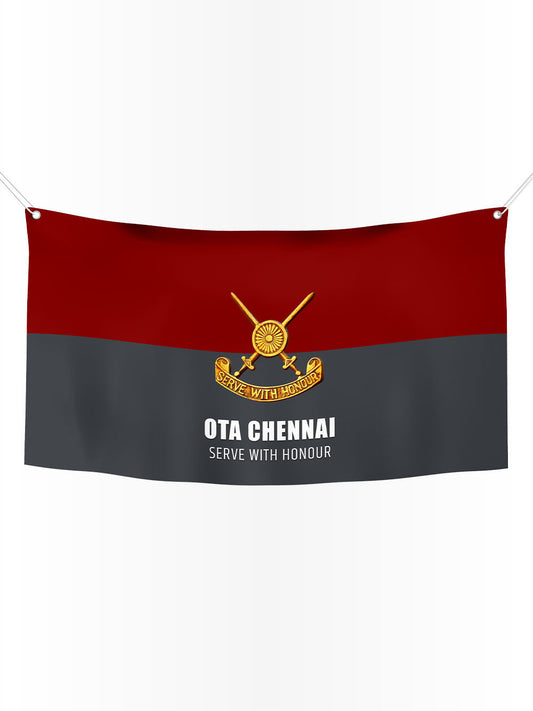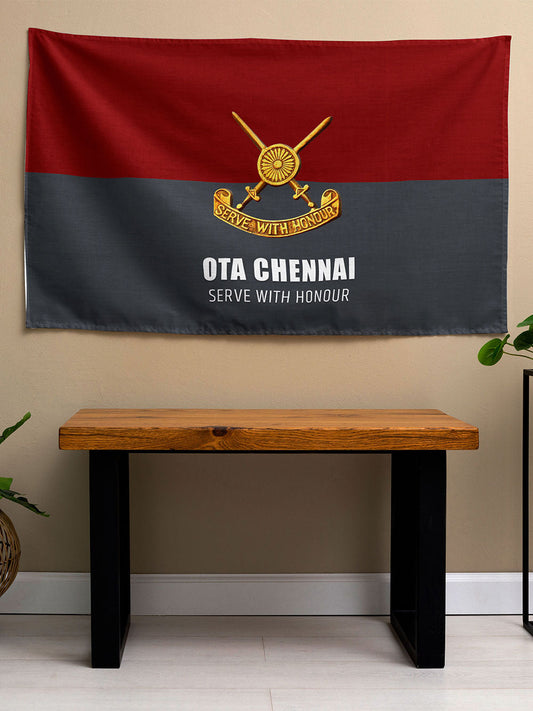HAL Tejas Mk-2 Projected to Match or Surpass Rafale Capabilities: DRDO

In a significant development for India's aerospace sector, Dr. Ravi Shankar S.R., a senior scientist at the Defence Research and Development Organisation (DRDO), has asserted that the HAL Tejas Mk-2 fighter jet will rival the French Rafale in terms of capabilities and potentially surpass it in certain aspects. During a defense symposium held in Bengaluru, he emphasized the advanced avionics, indigenous weapon systems, and cost-effectiveness of the Mk-2, which could make it a transformative asset for the Indian Air Force (IAF).
The Tejas Mk-2 is being engineered as a multirole 4.5-generation fighter jet intended to replace older models such as the Jaguar and Mirage 2000. An upgrade from the Tejas Mk-1A, the Mk-2 comes with a larger airframe, a payload capacity of 6,500 kg, and a combat range of 2,500 km with additional fuel tanks. The jet is powered by the General Electric F414-INS6 engine, offering a thrust of 98 kN.
Notable enhancements include an indigenous Active Electronically Scanned Array (AESA) radar, developed by DRDO's Electronics and Radar Development Establishment (LRDE), capable of identifying fighter-sized targets up to 200 km away, potentially outperforming Rafale's Thales RBE2 radar. The aircraft also features an advanced electronic warfare suite from the Defence Electronics Applications Laboratory (DEAL), which includes digital radar warning receivers, jammers, and an infrared search-and-track (IRST) system.
The Mk-2 is designed to be compatible with indigenous missiles like the Astra Mk-2, with a range of 150–200 km, and the BrahMos-NG cruise missile. These weapons could provide striking capabilities comparable to Rafale's Meteor and SCALP munitions but at a lower cost and with local logistical advantages.
With a delta-wing design and a lighter weight of 13.5 tons compared to Rafale's 15.3 tons, the Mk-2 is expected to offer enhanced maneuverability. Domestic production is anticipated to ensure quicker turnaround times and reduce maintenance delays, issues that have occasionally impacted the Rafale fleet due to reliance on French original equipment manufacturers.
Nevertheless, the Tejas Mk-2 faces hurdles. Its maiden flight, initially slated for 2023, has been postponed to late 2026 due to challenges in engine certification and supply chain disruptions with the GE F414 engine. Full integration into the IAF is projected to occur no earlier than 2031. In the meantime, the Rafale has demonstrated its operational effectiveness, with 36 jets currently in service, equipped with India-specific upgrades such as the Hammer missile and advanced electronic warfare systems.
Despite these setbacks, experts suggest that if the DRDO meets its objectives, the Tejas Mk-2 could become a cost-efficient and self-reliant alternative to foreign aircraft. Its alignment with India's ‘Atmanirbhar Bharat’ initiative, potential integration with unmanned systems like HAL's CATS, and decreased reliance on international supply chains could provide it with a strategic advantage in regional and networked warfare scenarios.



















